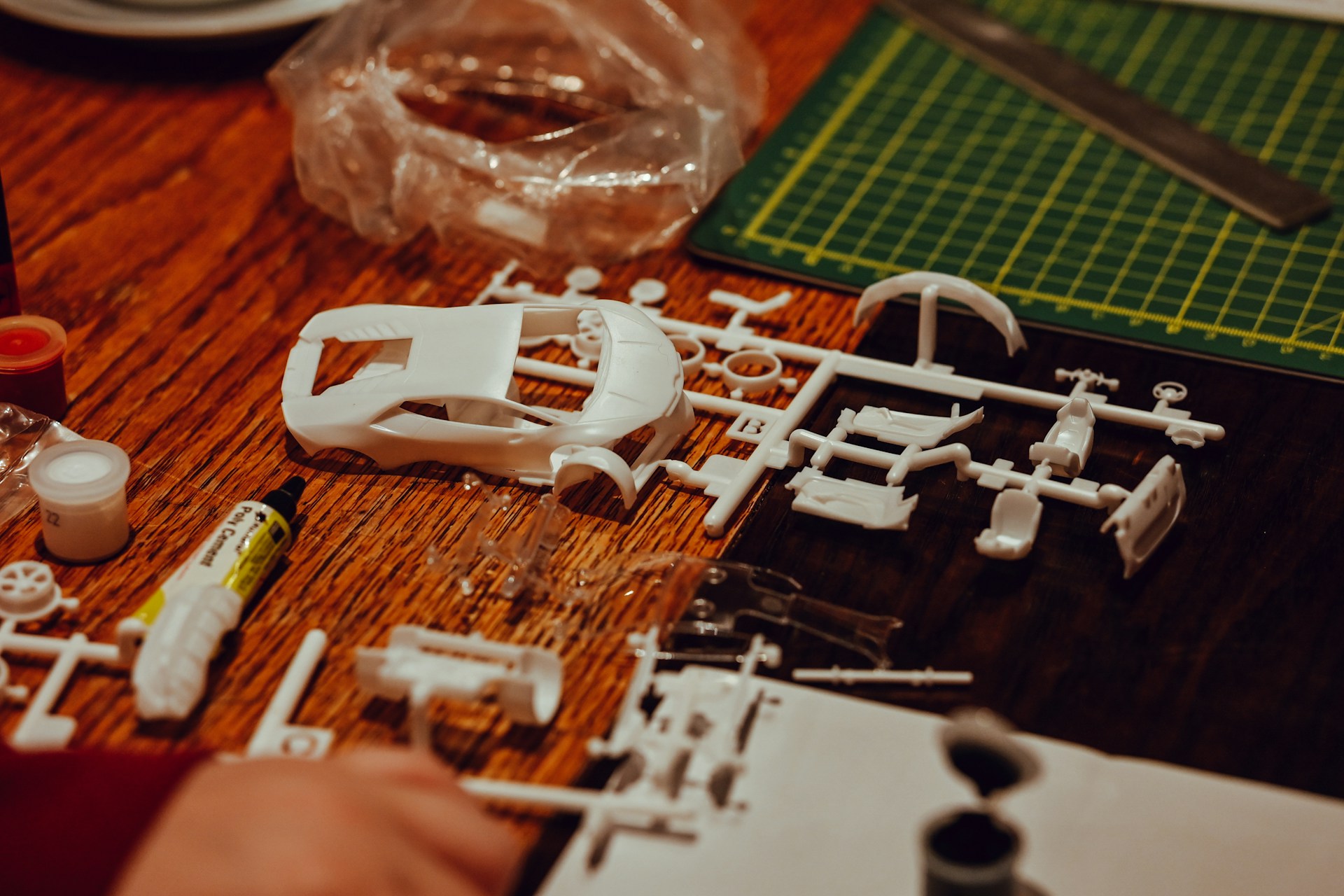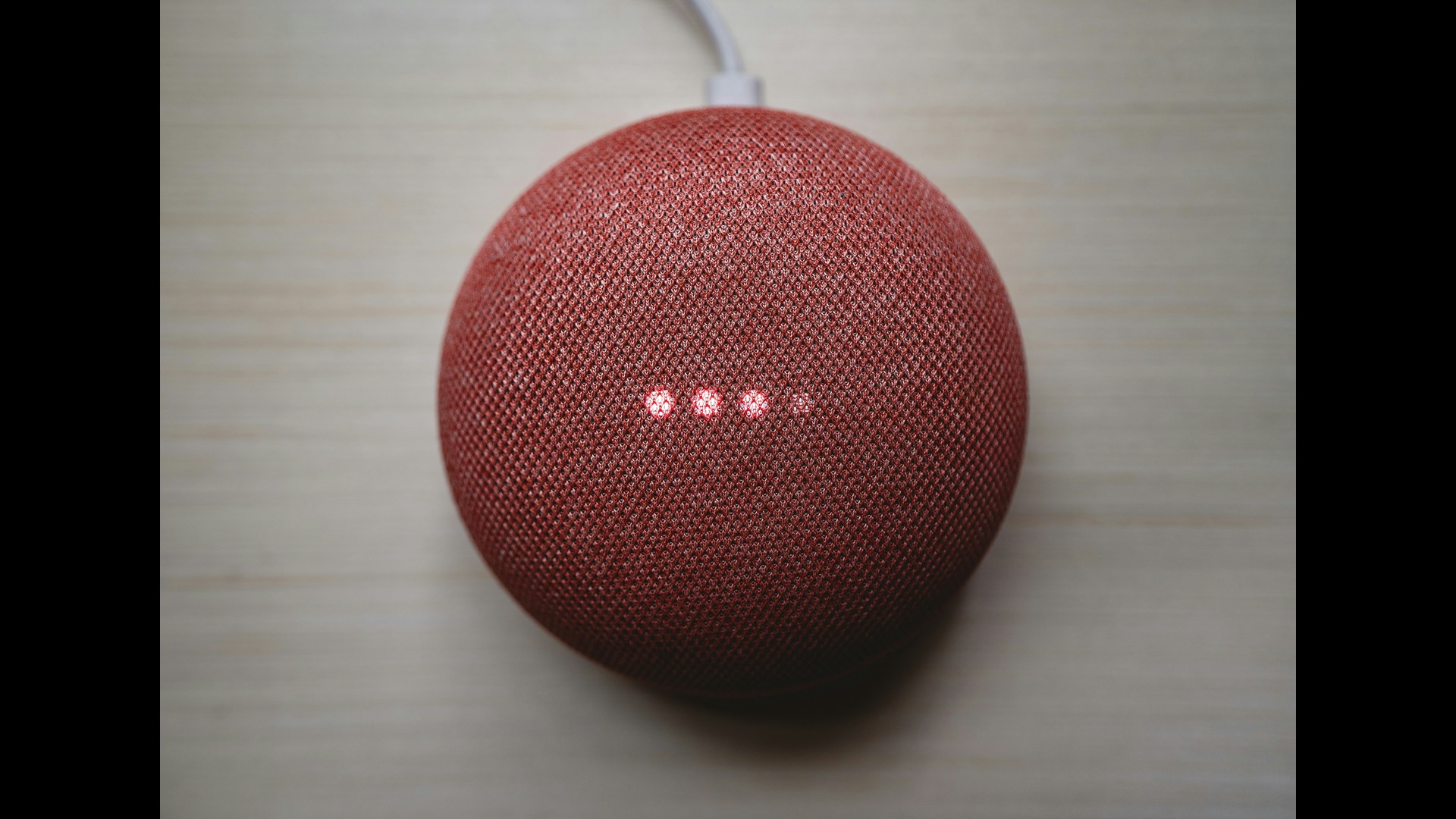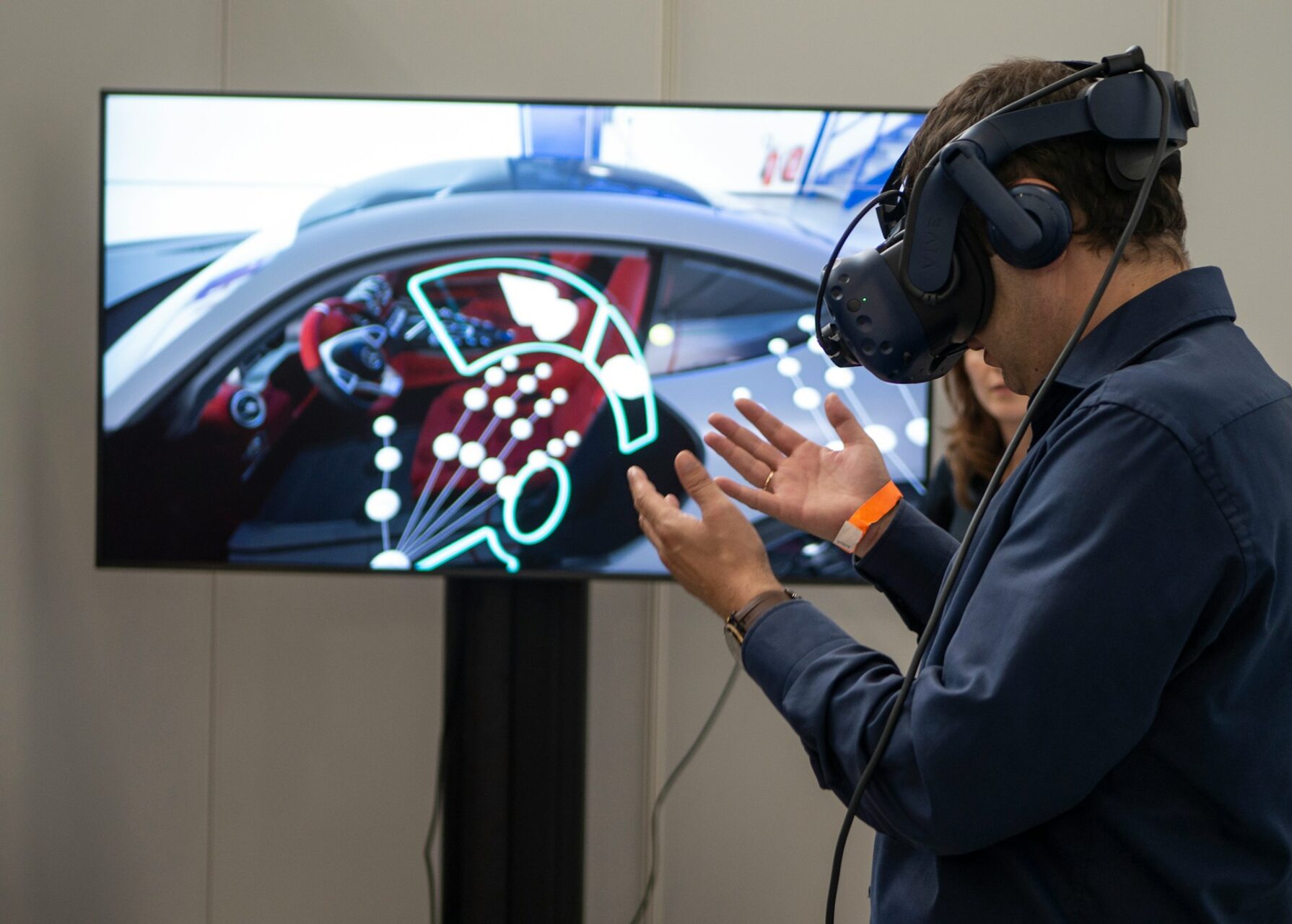
Avoiding Digital Distractions to Get Homework Done
July 18, 2019 - Emily Newton
Revolutionized is reader-supported. When you buy through links on our site, we may earn an affiliate commission. Learn more here.
Technology has a reputation as a source of constant distraction, especially for students who’d rather watch cats playing keyboards than finish their homework. While unregulated technology use can be a distraction, using some technology can benefit students when completing their homework. How can you allow the use of some technology while avoiding digital distractions so homework gets done?
The Problem of Multi-Tasking
Most students don’t focus the entire time they allot to do homework or study. Upwards of 80 percent of students surveyed reported they switch between studying, and digital distractions like social media, texting or television. This ‘continuous partial attention’ as it has been dubbed, means students don’t get the most out of their homework or study sessions.
Students that spend their time switching between studying and other tasks, have been found to have lower GPAs and test scores than those that focused on homework. With the problems that technology causes, how can parents ensure their students get the most out of their study sessions?
Music, But Only Familiar Music
Most of us plug in our headphones and crank up the tunes when we work or study. However, the choice of music can have a positive or negative effect on productivity and information retention. Listening to new music — something you haven’t heard and have to focus on — can be as bad as tweeting or texting during your study session, according to research.
On the other hand, quiet background music you’re familiar with can have a positive effect. It allows you to tune out background noise and other environmental distractions. Thus, you can focus on the task at hand. Keep the volume low and focus on familiar tunes. Spotify has more than a few ‘Study Jams’ playlists designed with this in mind.
Stop Micromanaging
The absence of micromanaging is important. While it may be a difficult task for parents to do when the child’s academic grades depend completed homework. Don’t cave. Choose to stop micromanaging homework time.
You want to create a homework self-starter. Help your child understand the importance of homework so they happily buckle down and work on it themselves without you standing over them. This will teach your children how to motivate themselves to get their work done. In addition to helping them succeed in school, this skill will serve them well once they graduate and head out into the working world.
Don’t Ban All Technology
Locking up phones, computers and televisions might seem like a solution to preventing digital distraction, but that doesn’t work as well for modern students. Students might need to access Google to research information for a project. They might also need a mobile device to access a digital textbook or discussion forum as part of their homework.
You don’t have to ban all technology during homework time. You might want to consider investing in a program that limits the use of distracting websites like social media or YouTube during the afternoon. Some even give you the option to remotely approve sites as your student works. If you’ve blocked YouTube to prevent time wasted on adorable kitten videos, but your child needs to watch an educational video to complete their homework, you can simply unblock that particular video.
Yes, we did say not to micromanage your students during homework time. However, that doesn’t mean giving them free rein over the computer while they try to finish a project.
Change With The Times
Whether we like it or not, we live in the internet age. Technology is an integral part of the educational process. A one-year pilot program in California schools found an interactive algebra app was more effective in teaching students Algebra I and II than a traditional textbook-based curriculum. The iPad app featured a variety of different tools from instructional videos to real-time quizzes and homework help.
Gamifying education is another strategy that teachers are employing to reward students for their participation, dedication and progress. Examples include progress stats based on completed homework assignments and test scores, virtual currencies, and “leveling up”. At the end of the day, the method that keeps students engaged in the learning process is the ultimate goal. Reducing digital distractions by turning technology into a tool and learning into a game could be the way to keep students engaged.
Technology Shapes Our Learning
We have to change with the times when it comes to education. Technology shapes the way we learn, even if it also provides a nearly endless source of digital distraction. Stop micromanaging your children and teach them to learn to motivate themselves. Use the tools available, from parental control programs to digital textbooks, to use technology to shape the minds of the next generation so they do something amazing with the tools we take for granted today.
Revolutionized is reader-supported. When you buy through links on our site, we may earn an affiliate commission. Learn more here.
Author
Emily Newton
Emily Newton is a technology and industrial journalist and the Editor in Chief of Revolutionized. She manages the sites publishing schedule, SEO optimization and content strategy. Emily enjoys writing and researching articles about how technology is changing every industry. When she isn't working, Emily enjoys playing video games or curling up with a good book.







